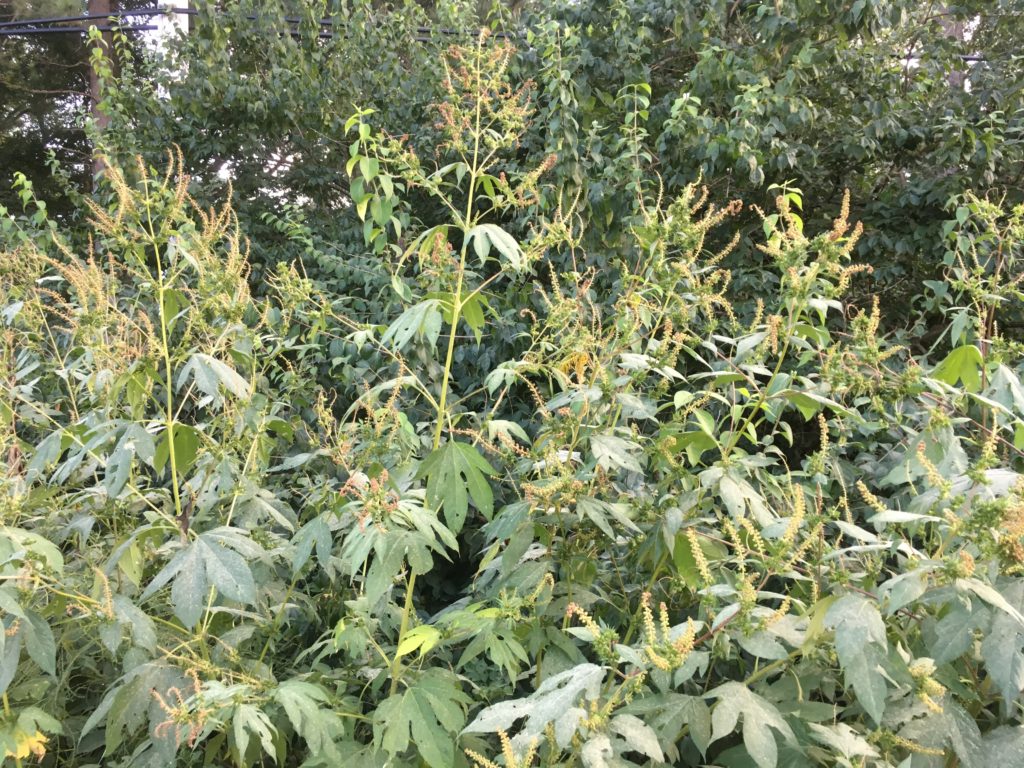I give you a re-post this week of some common sights along the trails, because some things don’t change
You ride past them, but do you know what they are? Trail corridors, ditches, and waterways are great places to see both native and invasive plants. Some are medicinal, some are edible, and some are poisonous, would you know the difference? Some trails provide identification markers, and our LPSNRD has installed interpretive signs showing invasive plant species at some state parks and along the Mopac on the other side of the Platte river. Some of you I know are very knowledgeable about identifying plants, others birds, and still others, insects. This week I’ll show you a few common plants from along the trails you may recognize when you’re out riding. One can even help if you get stung out there.
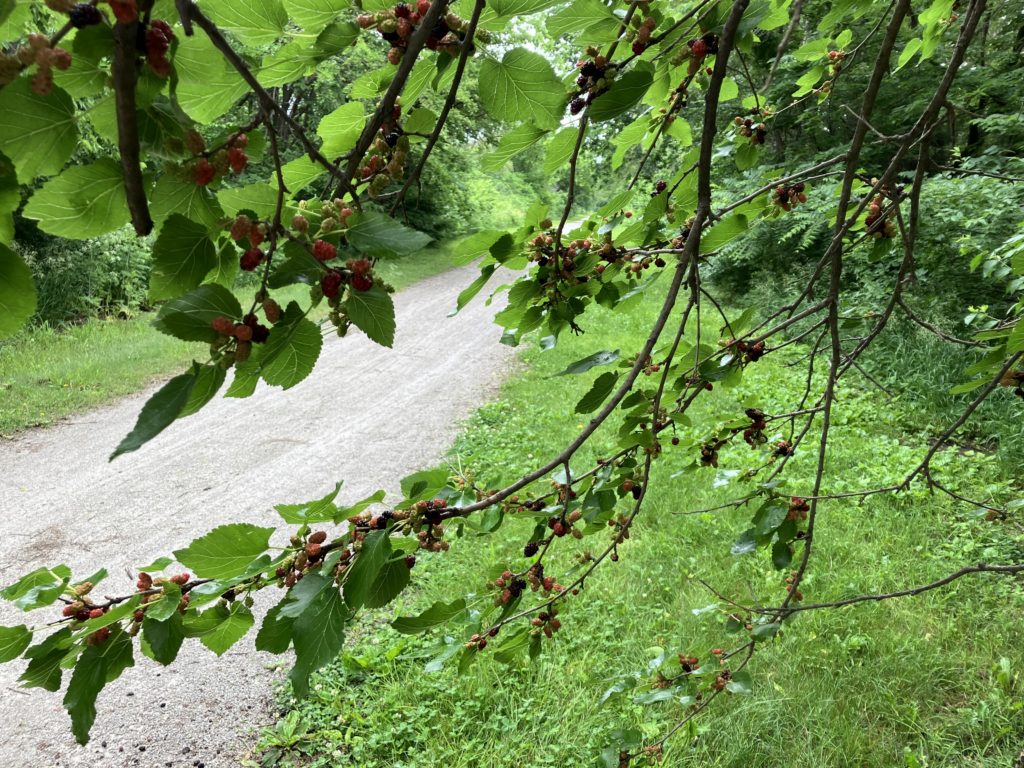
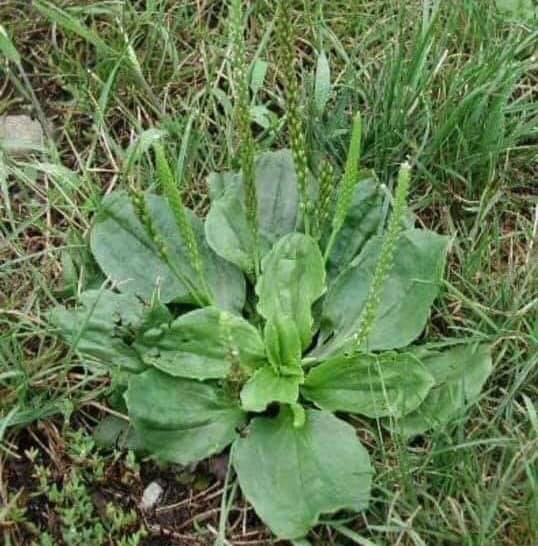
https://www.facebook.com/missouri.parks/posts/2602731139757704
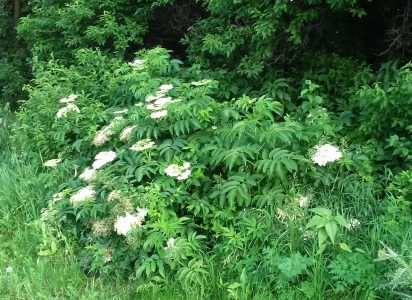
Elderberry in flower this past Spring.
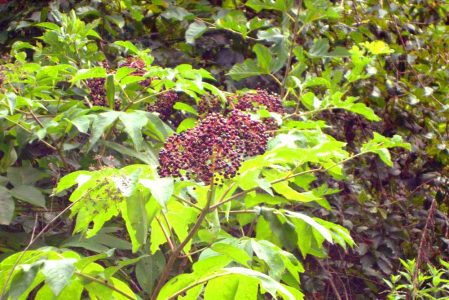
Elderberry when ripe.
Most of the plants I’m showing here are edible in some form, but always make sure you know what the plant is, what part of the plant you can use, and how to process it before you attempt any use. There are also apps for your smart phone to help with identification, but I haven’t tried them. I have books.
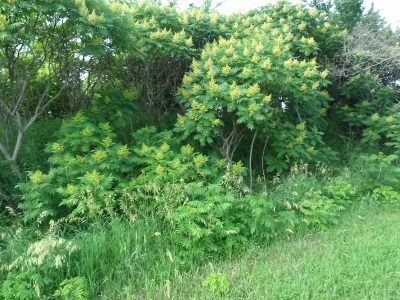
Sumac flowering in the Spring.
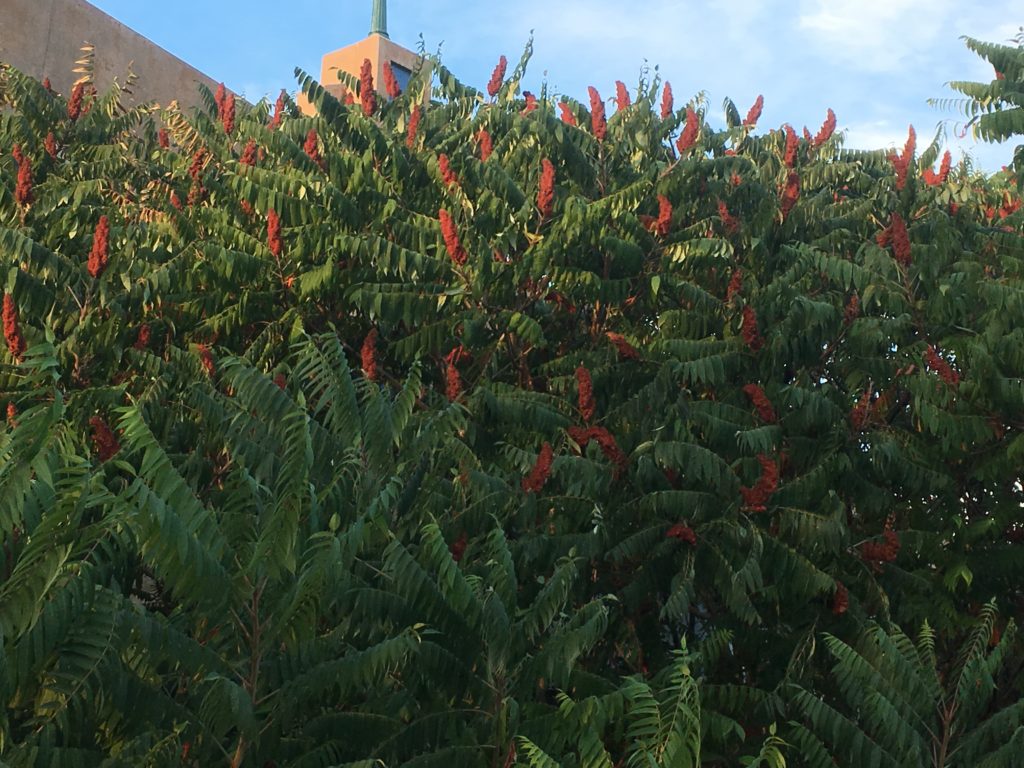 Sumac planted as landscaping.
Sumac planted as landscaping.
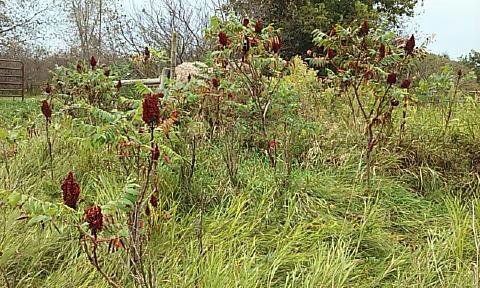
Sumac seed heads in the fall. Sumac leaves also turn red in the Fall. Red Sumac seeds are edible and used in middle eastern cuisine. The sumac with white berries is poisonous.
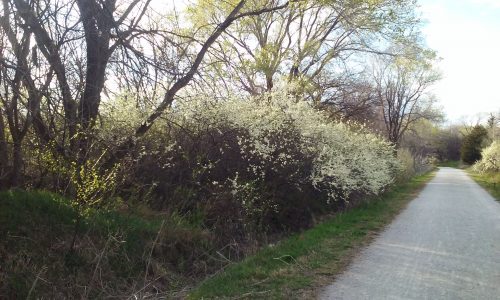
Wild plum flowering in the spring is one one of my favorite things.
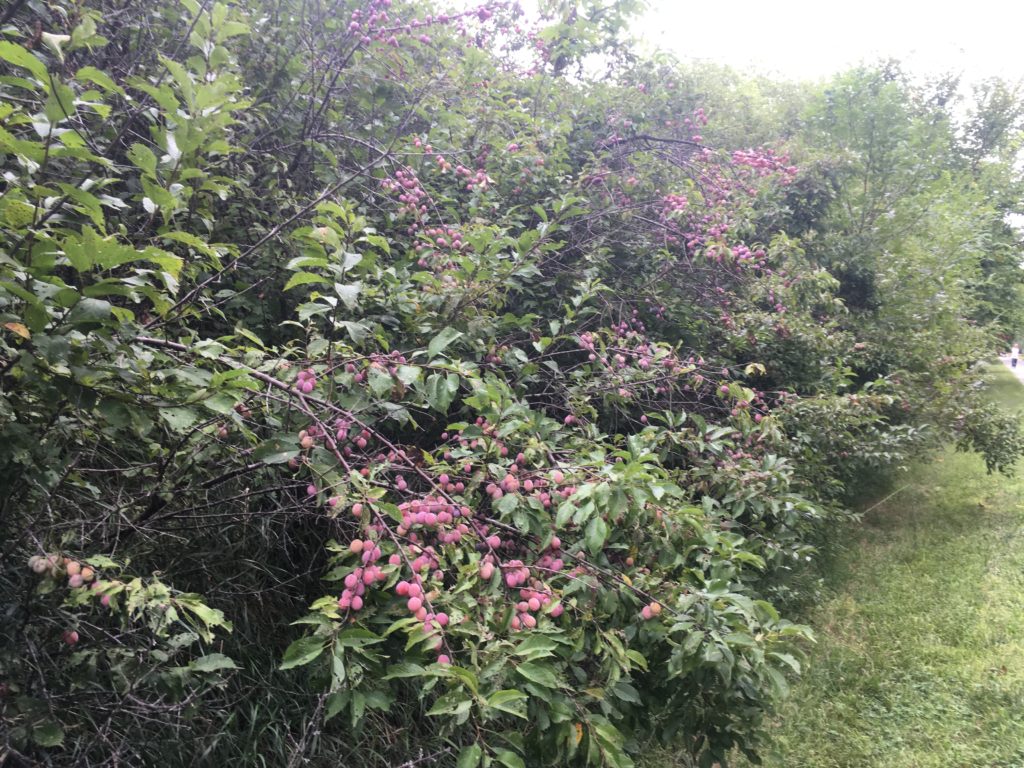
Wild plum fruit ripening in the fall.
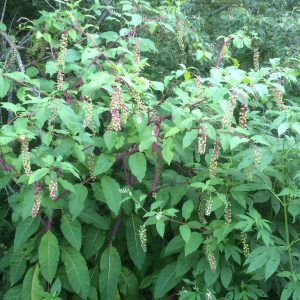
Pokeweed is toxic unless you know how to process it.

Milkweed shoots, flowers, and immature pods are edible.
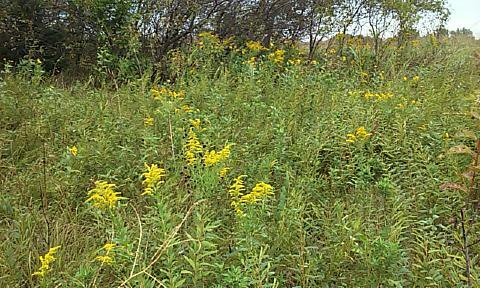
Goldenrod, our state flower. Not the cause of your allergies, that would be ragweed, which blooms at the same time.
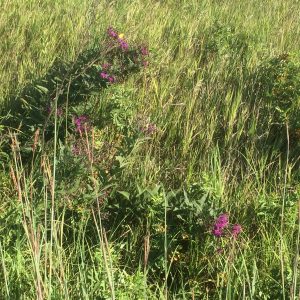
New England aster is native here.

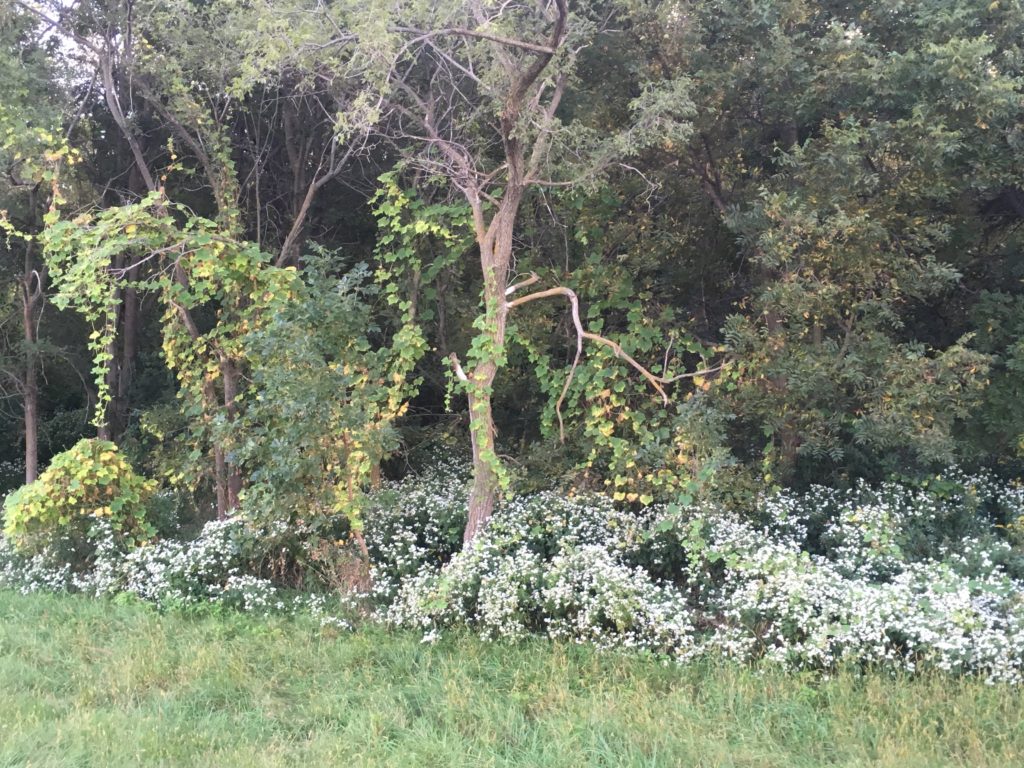

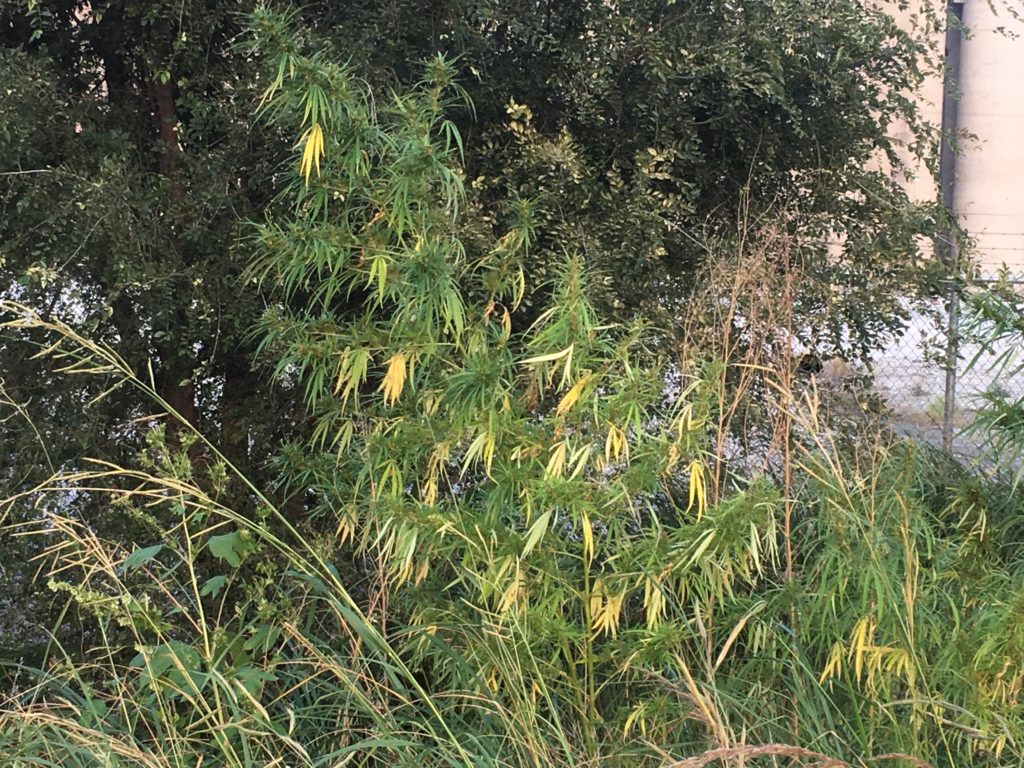
There are far too many more for me to mention them here, but try to become familiar with what you ride by, they’re all part of the reason we enjoy being out on our trails unless of course, you’re allergic to them.
